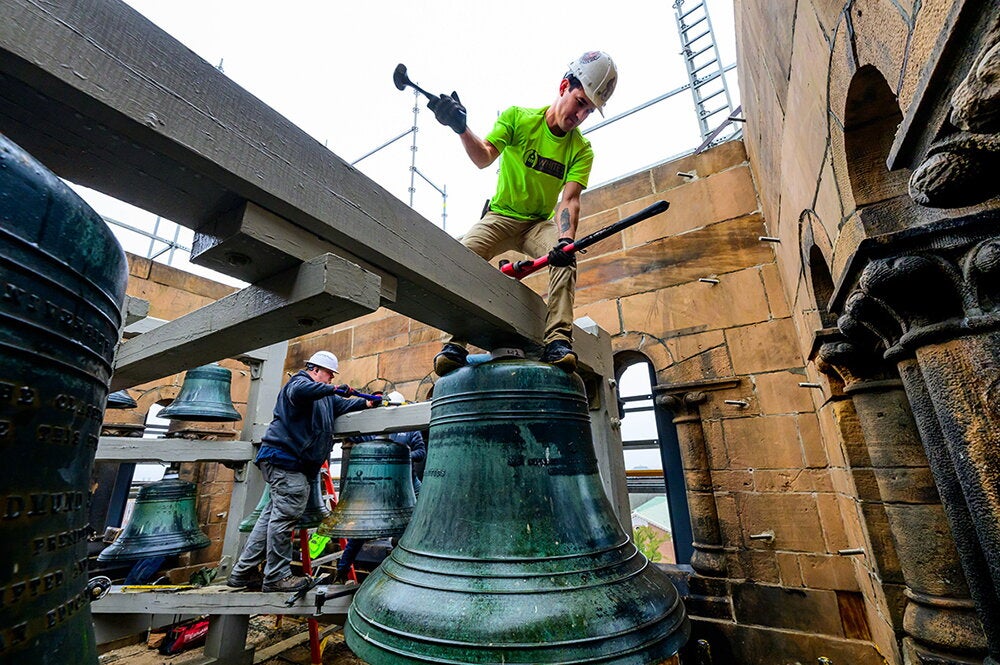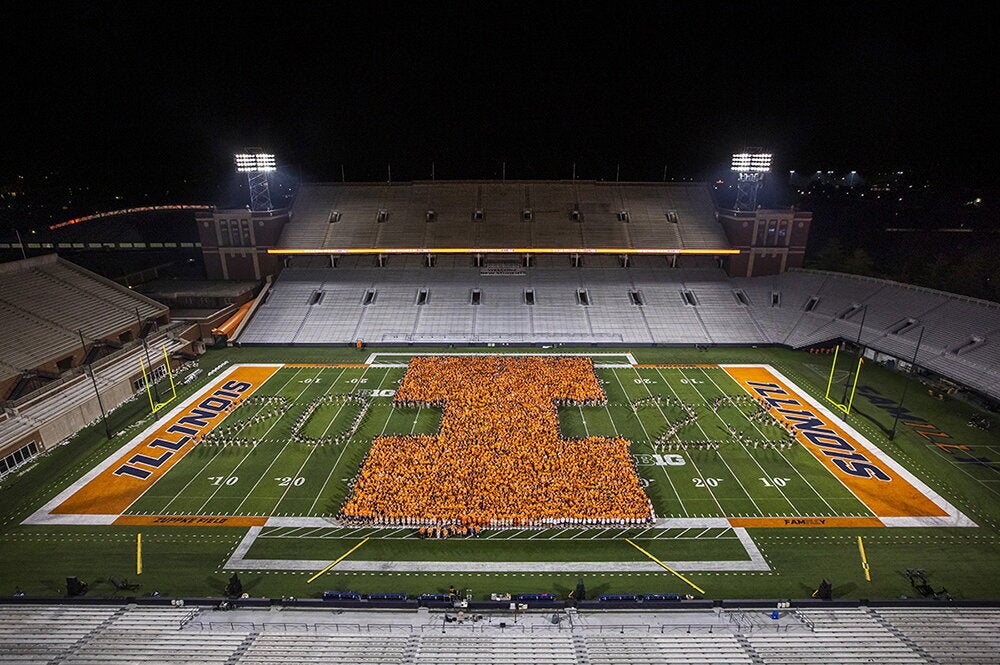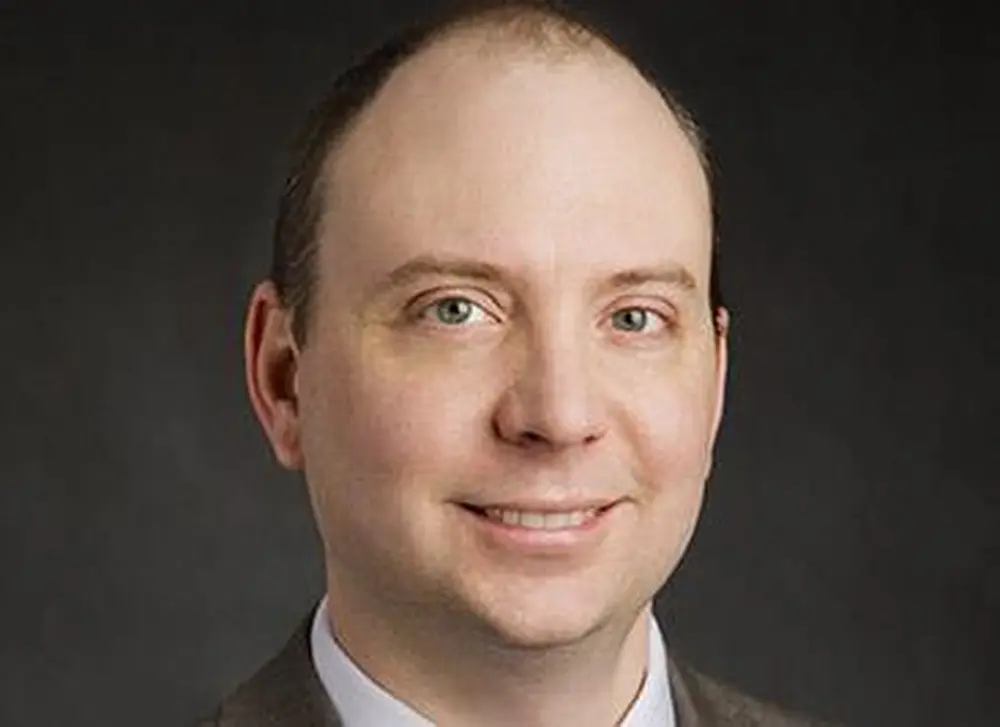
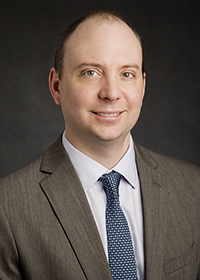
The U.S. Department of Defense released its Multidisciplinary University Research Initiative program awards last month, and three faculty members from the College of Liberal Arts & Sciences are part of the newly funded research efforts.
The annual MURI program encourages cutting edge research on college campuses by funding select studies through an application process. Two of the honored College of LAS faculty members work for the School of Chemical Sciences, the third for the School of Molecular and Cellular Biology.
Charles Schroeder, an associate professor in the Department of Chemical and Biomolecular Engineering, is part of a study that explores ways to produce non-natural sequence defined polymers. If they are successful, the researchers say they’ll discover new ways to improve technology in batteries, protective military gear and other electronics.
Schroeder’s study, “Engineering the Translation Apparatus for Synthesis of Electronically Active Sequence-defined Polymers,” is a collaboration with other researchers from Northwestern University, the University of Texas, and the Georgia Institute of Technology.
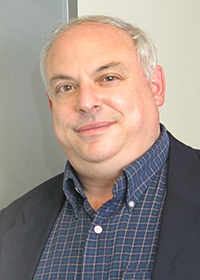
Dana D. Dlott, the William H. and Janet G. Lycan professor of chemistry, is part of a team that seeks to explore the effects of different high-energy processes on common materials to determine whether it is possible to predict material failure and improve energy storage.
Dlott is working with researchers from the University of North Carolina, University of Virginia, and University of Southern California on their project, “Multi-modal Energy Flow at Atomically Engineering Interfaces.”
Emad Tajkhorshid, professor of biochemistry, biophysics, computational biology, and pharmacology, and his research group are studying the movement of gases across biological membranes, a vital process for powering cells with oxygen and performing photosynthesis, among other things. The group is hoping to closely examine the role of proteins in these processes in order to better understand the impact of gas exchange in living cells and organisms.
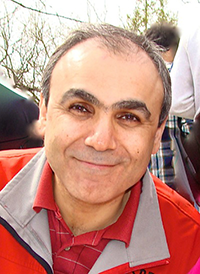
Researchers from Case Western Reserve University and the University of Southern California are working together with Tajkhorshid on their project, “Molecular Mechanisms and Pathways for Gas Transport Across Biological Membranes and Implications for Physiology and Performance.”
In all, the Department of Defense awarded 23 studies a total of $162 million over the next five years for experimentation and analysis. Selected studies will benefit one of the Army Research Office, the Air Force Office of Scientific Research, or the Office of Naval Research.
“Over the past 30 years, the DoD’s MURI program has resulted in significant capabilities for our military forces and opened up entirely new lines of research,” Melissa L. Flagg, deputy assistant secretary of defense for research, said in a press release. “Examples include advances in laser frequency combs that have become the gold standard in frequency control for precision in navigation and targeting; atomic and molecular self-assembly projects that have opened new possibilities for nano-manufacturing; and the field of spintronics, which emerged from a MURI award on magnetic materials and devices research.”
In total, seven University of Illinois at Urbana-Champaign faculty members are part of studies funded through MURI, with one of those professors, the Department of Electrical and Computer Engineering’s J. Gary Eden, the principal investigator of his study.
The other awarded faculty members include: Tamer Basar (Department of Computer and Electrical Engineering); David Cahill (Department of Materials Sciences and Engineering); and Daniel Bodony (Department of Aerospace Engineering).
This year’s seven awardees are an increase from last year, when three University of Illinois at Urbana-Champaign researchers were awarded MURI funding.
The Department of Defense received 270 applications for funding, followed by 88 proposals, according to the release. A panel of experts then whittled the group down to the final 23 awardees and began negotiations with the relevant academic institutions. The Department of Defense reserves the right to terminate funding if studies are not making appropriate progress over the five-year period.
Some 54 different academic institutions are part of the studies funded by MURI, including three universities in the United Kingdom, which do not receive funding but will aid in research efforts.
